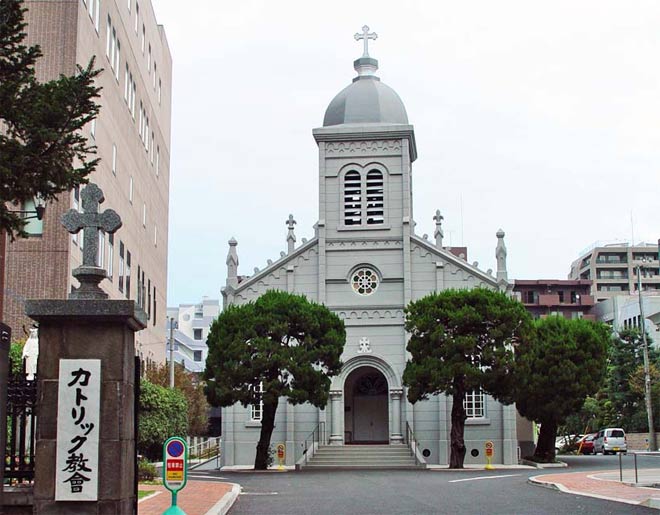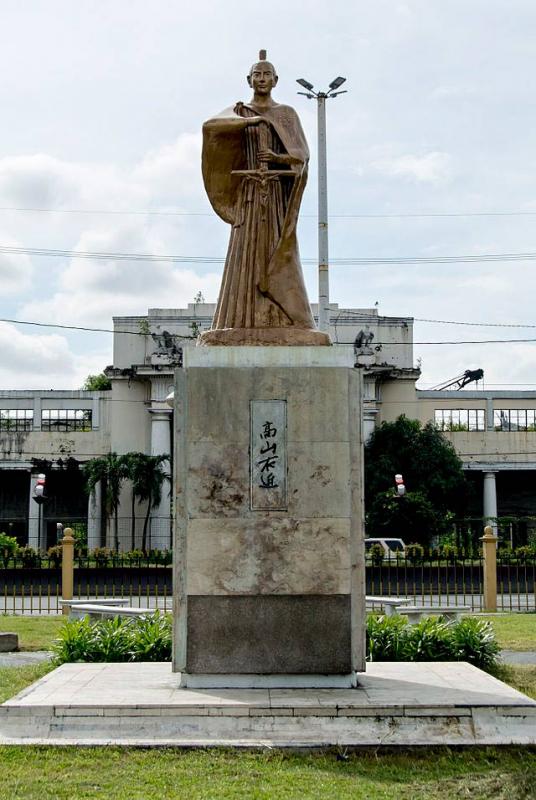The unfinished story of a valiant woman
By Fr Joseph Broderick
The author is a Columban priest from Ireland. He was ordained in 1969. He went to Japan in 1970 and, apart from six years working in Britain, 1994 to 2000, has beenthere ever since.
 When we think of the missionary work of the Columbans in Japan we must not forget the Trojan work done by Japanese catechists. Very often they were the right-hand ‘Samurai’ of trailblazing Columban missionaries. One such catechist is Miss Tsuneko Hinata.
When we think of the missionary work of the Columbans in Japan we must not forget the Trojan work done by Japanese catechists. Very often they were the right-hand ‘Samurai’ of trailblazing Columban missionaries. One such catechist is Miss Tsuneko Hinata.
She was born into a traditional Buddhist family, grew up in the Buddhist tradition and after high school became a professional working woman in a company, but never married. At the age of 40, she ran into crisis time: ‘What is life all about? What am I working like a slave for? What happens to me after death?’
She went searching for answers in the Catholic Church. There she found Christ and her answers, and then went on to receive baptism. She was filled with joy and a new conviction.
But another crisis arose: ‘What do I do with this new joy and conviction? I have to share it with others. How can I do that?’
She decided to quit her professional career in the company and enter the Japanese Catechist School. As a newly graduated catechist she was first employed by the late New Zealand, Columban Fr James Norris and thus began her long journey working full-time for the church, with the Columbans, for meager wages and within even more ‘meager’ living quarters. She became the mouthpiece of the language-struggling Columbans, taught daily the doctrine to truth-seeking searchers, visited the sick at home and in hospital, walked with the newly baptized on their journey of faith in a non-faith environment, and became a spiritual mother to all her spiritual children. She took no credit for her work. It was her way of living out the Gospel.
In Tsuneko's life, she jumped from being a professional worker into the waters of baptism; jumped from the waters of baptism into the catechetical profession and from there she landed in the Columban world.

The Prophetess Anna (known as ‘Rembrandt’s Mother), Rembrandt, 1631
Riksmuseum, Amsterdam [Web
Gallery of Art]
She retired legally at the age of 65 but like St Anna in St Luke's Gospel, she was daily in the Church praising and glorifying God, teaching, visiting the sick, welcoming the stranger, guiding those searching for the truth and consoling the troubled. She never really retired. She is small in stature but big in heart; she is bent with age but straight in dedication and loyalty.
She has worked with many Columbans and Japanese priests, who change every few years but she stays on forever. She has witnessed the liturgical eccentricities of many Columbans but no matter who they were or what fancy ideas they brought with them, she took everything in her stride and smiled knowing that the next man would come with other ‘more wonderful’ ideas and plans.

Our Lady of Japan Parish Church, Tetori, Fukuoka City [Daughters of St Paul]
Tsuneko is still at that original parish church of Tetori in Kumamoto City, Japan. Now at 94 years of age, she has suffered no deterioration of the memory or mind or love for Jesus Christ. No one thought that such a frail and lean-looking lady would last for so long without losing her zeal and zest. She knows she is outside the tombstone of life but she is already rejoicing in the new life ahead of her in God's Kingdom.
Kyrie (Lord, have mercy), Gloria (Glory to God in the highest) and Sanctus(Holy, Holy, Holy, Holy Lord) sung in Japanese
Music composed by Sakuro Takada
+++
A Samurai Saint who died in Manila?
In his article on 94-year-old catechist Miss Tsuneko Hinata Fr Broderick refers to her and other Japanese catechists as ‘the right-hand “Samurai” of trailblazing Columban missionaries’. The Samurai were the military nobility of Japan until relatively recent times. But there is one member of the Samurai. Takayam Ukon was a member of the Samurai who refused to give up his Catholic faith druing a time of persecution. With around 300 Japanese Catholics he sailed from Nagasaki on 8 November 1614 and died in Manila on 5 February 1615, 40 days after his arrival there. |
